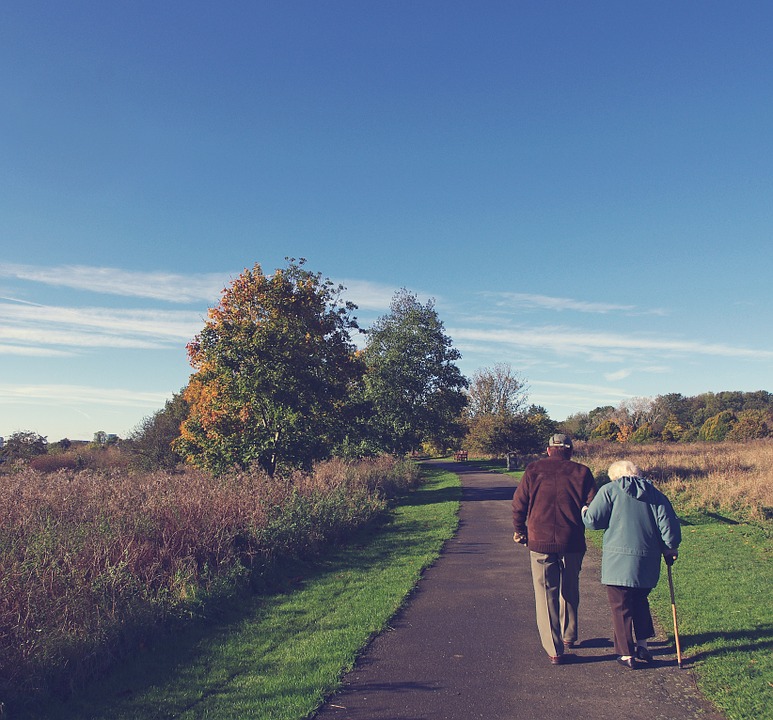
The Effects of Immobility on the Body
Immobility of the body is defined as a state of motionlessness, or near motionlessness, in which a person experiences a significant decrease in the time they spend up and moving.
These prolonged periods of non-motion can have detrimental health effects and can increase the risk of falling which can cause further injury.
Physiotherapy can be beneficial to those who suffer from immobility and risk of fall. Through assessments, exercises and changes to a person’s environment, physiotherapy can help improve patient confidence and reduce the risk of falling.
The Adverse Effects of Immobility
When a person’s activity levels decline and they find themselves in a stationary position the majority of their day, it can negatively impact multiple systems of the body including circulatory, muscular and skeletal.
Immobility creates additional stress on the heart when an individual does get up and moving. The heart has to work harder, causing reduced circulation and a decrease in blood pressure when getting up from a stationary position. This can cause lightheadedness or temporary weakness that can lead to a fall.
As a person spends more time immobile, they experience a reduction in muscle mass and strength – which further contributes to feeling weak when attempting to stand. They also develop a higher risk of developing osteoporosis and experiencing an increase in breaks and fractures of the bones.
The Relationship Between Immobility and Falls
The body’s overall decline in function increases the risk of falling. Those who have developed a weaker physical state have a higher risk of serious injury if they do fall including sprains, hip fractures and head traumas.
Being at a higher risk of falling can also affect an individual’s emotional state. They may begin staying home and stationary because they fear falling and sustaining injury. Because of this, they lose the physical and emotional benefits of being out and about.
How Physiotherapy Can Help With Fall Prevention
Physiotherapists are specially trained to help patients improve their strength, motor function and balance – all areas of concern for immobile individuals who are at risk of falling.
These individuals are thoroughly assessed for risk of fall. A physiotherapist will measure their strength, flexibility, balance and ability to walk in order to develop specific exercises, activities and interventions.
Physiotherapists will also assess the individual’s environment for risk factors that could contribute to a fall and advise the patient on equipment that can used or changes that can be made to reduce the risk of falling and prevent the onset of pain or injury that limits mobility.
The ideal outcome of physiotherapy is not only to help a patient develop strength and balance, but to also improve their confidence and reduce their fear of falling. By doing so, these individuals will be able to move around more, leave their homes and engage in healthy social interactions.
Physiotherapy At Home
Expecting an immobile individual who fears falling to leave their home for treatment is counterintuitive.
For this, and many other reasons, In Home Physical Therapy and Massage offers mobile physical, massage and exercise therapy to patients in Edmonton and Calgary in the comfort of their own homes. We will work around your schedule to ensure you receive the physical therapy you need.
Our flexible services is designed to meet the unique needs of all our patients by working with your schedule and customizing an intervention suited to your physical goals.
For more information on how physiotherapy can help with immobility and fall prevention, please contact us today.







